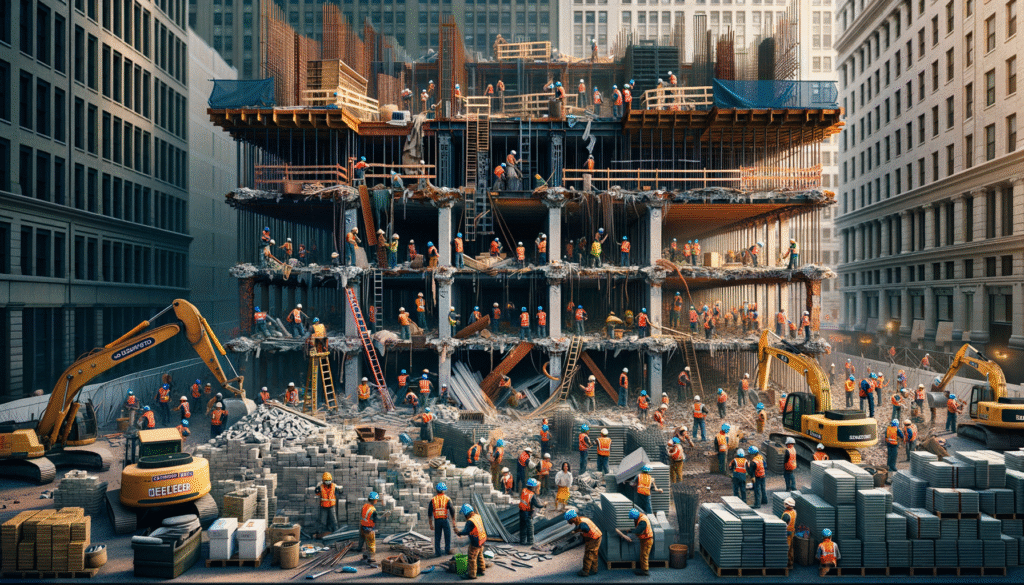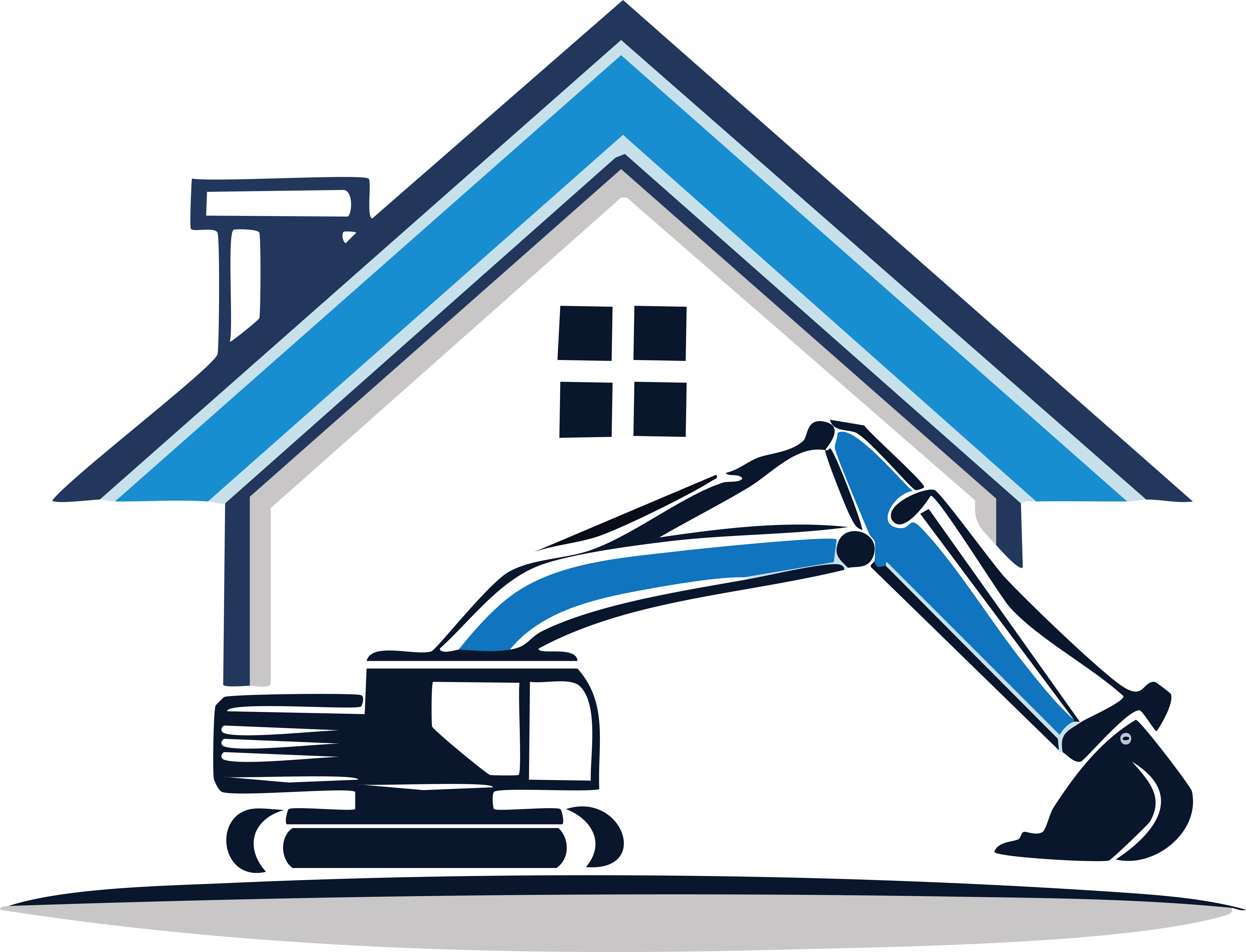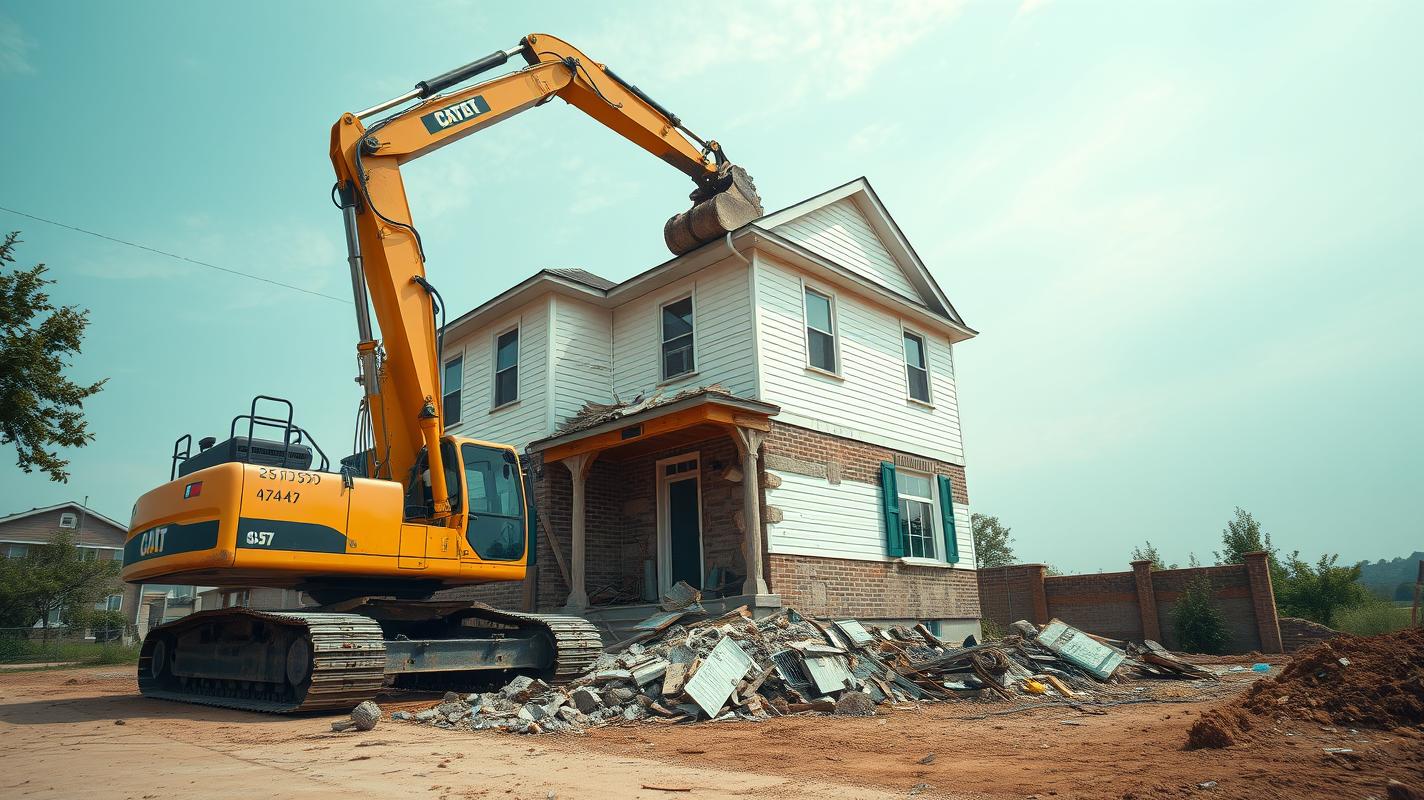When it comes to tearing down structures, especially within residential settings, two main methods are commonly utilized: demolition and deconstruction. In this blog post, we’ll dive into the comparison of demolition and deconstruction, examining their benefits and drawbacks, particularly with an emphasis on sustainability. By analyzing demolition versus deconstruction, we aim to help you make an informed decision whether you’re considering residential demolition, house demolition, or more complex projects.
Demolition
Demolition, often associated with house demolition or general demolition of house structures, is the process of tearing down buildings quickly, usually with the help of heavy machinery such as bulldozers and excavators.
![Demolition of House [6]](https://www.goneandcleandemolition.com.au/wp-content/uploads/2025/07/Demolition-of-House-6-1024x578.jpeg)
Benefits of Demolition
- Speed: Demolition is usually faster than deconstruction, allowing for quick clearing of sites.
- Cost-Effective: Often cheaper in the short term as fewer labor hours are needed.
- Efficiency: It may be the only viable option when dealing with severely damaged or hazardous structures.
Drawbacks of Demolition
- Sustainability: Demolition doesn’t prioritize recycling or reusing materials, leading to waste.
- Environmental Impact: It can produce significant waste that ends up in landfills, contributing to environmental degradation.
- Potential Health Risks: The process can release harmful substances like asbestos or lead, posing health risks to workers and nearby residents.
We are experienced Demolition Company based in Melbourne, Victoria that offer top-tier demolition services all around Melbourne and across Victoria, Australia.
For all your Demolition needs contact us to GET FREE QUOTE NOW!
Deconstruction
Deconstruction, unlike traditional demolition, involves the careful disassembly of a building. It prioritizes the salvage and reuse of materials.
Benefits of Deconstruction
- Sustainability: Deconstruction emphasizes recycling and reuse, aligning with eco-friendly practices.
- Job Creation: More labor-intensive, it offers more employment opportunities.
- Historic Preservation: Allows for the recovery of historical or valuable architectural elements.
- Tax Benefits: In some jurisdictions, reusing and recycling building materials can lead to tax incentives.

Drawbacks of Deconstruction
- Time-Consuming: Takes significantly longer than traditional demolition.
- Higher Costs: Increased labor and time can make deconstruction more expensive initially.
- Practicality: Not always feasible, especially when dealing with buildings in poor condition.
Conclusion: Demolition versus Deconstruction
When evaluating the comparison of demolition and deconstruction, both methods have distinct benefits and drawbacks. Traditional demolition, including residential demolition and house demolition, is often quicker and more cost-effective but lacks in sustainability. On the other hand, deconstruction emphasizes recycling and environmental responsibility but can be time-consuming and expensive.
If sustainability is a priority, deconstruction is generally the preferable option. However, factors such as budget, timelines, and the condition of the structure must be considered. By understanding the nuances of demolition versus deconstruction, property owners and contractors can make informed decisions that align with their goals and values.
Interested in learning more about residential demolition, house demolition, or other related topics? Feel free to reach out to our team of experts for personalized guidance tailored to your needs!

